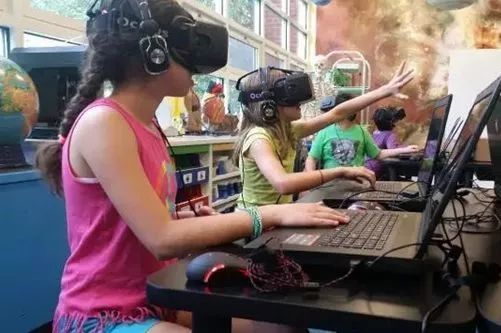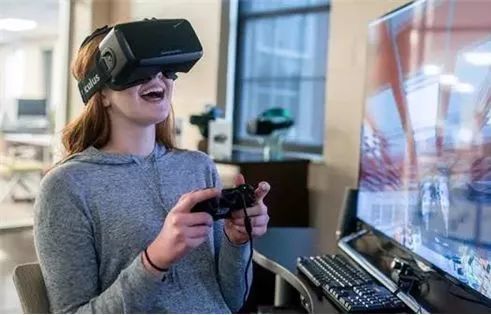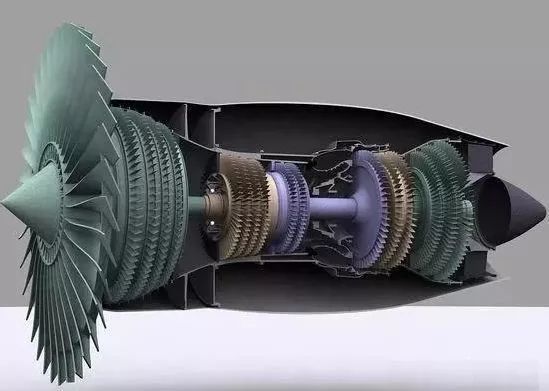The application of VR technology in the classroom has been able to see cases in many countries, which has become an important application in the process of promoting “smart classrooms†abroad.
People in the education sector generally agree that "the biggest feature of VR is that it can make students completely addicted to teaching." Although teachers want students to concentrate, they also know that students don't or can't do it—in contrast, students spend hours of “study time†to concentrate on playing games, and all-nighters also Not uncommon, but there are only a handful of people who spend the same amount of energy on learning.

There is a lot of evidence that "no matter how good or bad a student is, they can benefit from the immersive teaching provided by VR technology." The game, which can be played for hours, proves that people can easily concentrate on learning for such a length of time - and in the process, people don't even realize they are learning.
Games and interdisciplinary cooperation
Many gamers are keen to use VR eye masks, because eye masks give them a feeling of being immersed in a virtual world more than a computer screen. With the upgrade of hardware and software, the price of such devices has begun to become reasonable: such as Google's cardboard VR glasses. The refresh rate is higher, and the price of high-end equipment with manual control and dynamic capture is gradually reduced to a range that people can afford.
Turning the gaming experience into an educational app can attract the full participation of students and help them gain the benefits of learning in the virtual world. In fact, “Student of any age can be attracted to the virtual worldâ€, so this technology can also be applied from pre-school education to higher education and even on-the-job training.

The data shows that in the UK alone, 70,000 new engineers are needed each year to fill the current “skill gapâ€. A serious problem facing science and engineering education at present is that students are isolated from each subject. Job seekers and employers face the same challenges in an employment environment that requires interdisciplinary and cross-organizational team skills.
By using smart 3D models in the cloud as shareable resources, global science and engineering students can collaborate on the same project and combine their knowledge in different fields.
Working in an interdisciplinary team also means learning to share, share and combine their experiences and skills. This approach allows students to learn and reap the skills to better meet the requirements of the future employment environment, which in turn enhances their employability.
Virtual world in STEM teaching
For the STEM discipline, the virtual world is easy to complement the traditional way of teaching, replacing many 2D teaching methods that cannot attract students. By walking into the virtual world, teachers and students can understand "what makes learning fun and fascinating" and how to do it and the reasons behind it.
Although VR can be used in most disciplines, this technology is especially suitable for STEM teaching or engineering training. This is because highly realistic 3D visual content, including 3D simulation animations, can present very complex products, processes and systems.
VR has obvious advantages in this regard. For example, students can understand the virtual aircraft engine configuration without having to own an entity. This has a considerable impact on cost savings – not only to increase cost-effectiveness, but also to significantly reduce the risk of student injury.
Through the virtual engine, students in the entire class can observe each detail at the same time to fully understand its construction. In addition, VR technology can simulate the operation of the engine, and students can even observe from inside the machine during its operation - this is impossible in real life, only "VR makes the learning experience to a new height."

VR applications outside the classroom
In addition to classroom instruction, the use of virtual content and VR hardware allows students to conduct their own projects during off-campus, thereby truly packaging the course content for independent study while overcoming the weaknesses exposed in the school. As with games, they get instant feedback and rewards when completing mission upgrades.
Vocational training can also use the same approach – “create a virtual environment where trainees can experience dangerous activities so that trainees and instructors do not face any real risksâ€.
For example, building a nuclear power plant, mine, or refinery in the VR world means that people can learn processes and practices in a safe environment, and gain the confidence and experience they need in a real-world environment. This type of training allows people to experience dangerous situations such as leaks, floods or fires in a virtual environment and learn how to deal with them.
Developing digital content is also educational in nature, and students can adopt industry-leading design simulation applications like SOLIDWORKS. The development of the VR world combines many different disciplines and learns from each other through cooperation. In contrast, this also allows innovation to emerge as a result of the convergence of different fields, subjects and ideas.
Inject vitality into education
In the field of medicine, the Living Heart project demonstrates how 3D modeling revolutionizes personalized medicine: virtual hearts created based on patient data give medical professionals the opportunity to simulate their specific activities, as well as simulate blood, nerves, stents and ups Beat surgery.
This is a big step forward for doctors, surgeons, and equipment manufacturers, so that they can finally see the individual's heart condition and its problems in a virtual way from all angles.
Many projects like this show how "things" work, how they relate to each other, and how they transform between virtual and real world. At the same time, portable devices also allow people to work anywhere, so that people can remind themselves to upgrade their skills when needed, resulting in significant cost and time savings and educational benefits.
Of course, subjects other than STEM can benefit a lot from VR technology. For example, VR allows students to “travel†into the past to learn history in the virtual world, learn physical and social geography through virtual models, and even allow students to see extinct creatures again. If we add AI technology, we can even simulate board, court or other scenarios.
Creating and deploying a virtual world in education is not only cost-effective, but can also be rapidly scaled up. In India, for example, the use of VR technology has become part of the Digital India and SkillsIndia projects, including thousands of training partners and nearly 55 million students who are working to catch up with other countries and build India through knowledge. The dream of becoming the world's skill capital.
With the popularity of advanced software applications and hardware technology, more and more people will observe and experience the real world in the virtual world in various ways in a new and more comprehensive way in the next few years. Learn. VR's ability in education has been well documented, and its potential in education and training is not exaggerated to say that it is limitless.
Paper Edge Protector,Paper Corner Protector,Cardboard Corner Protector,Board Edge Protector
DONGGUAN YEE HUP TRADING CO,.LTD , https://www.dgyeehupack.com